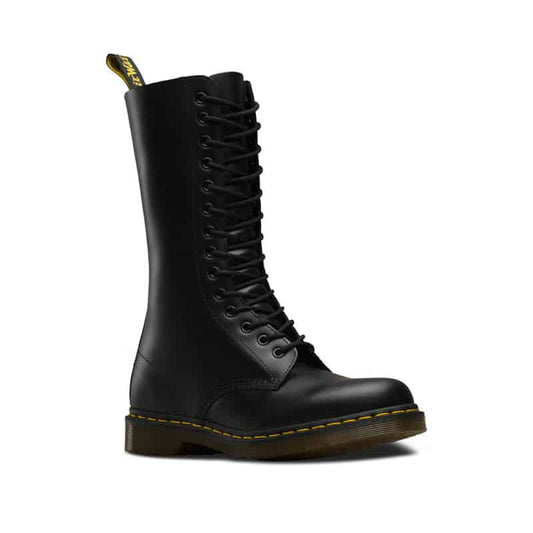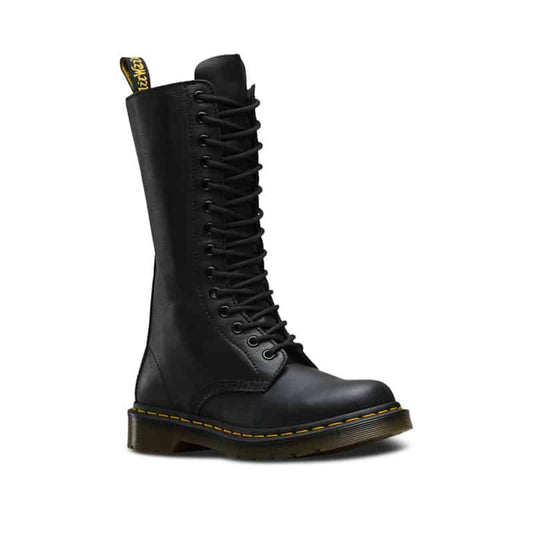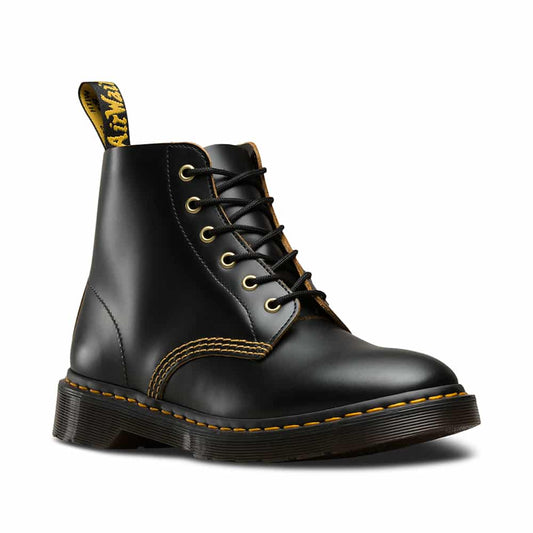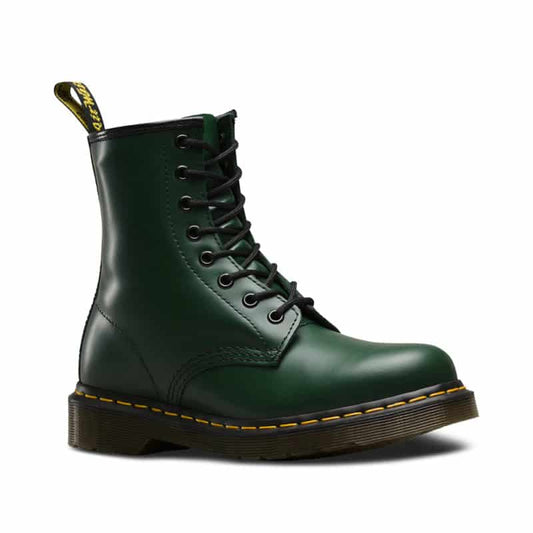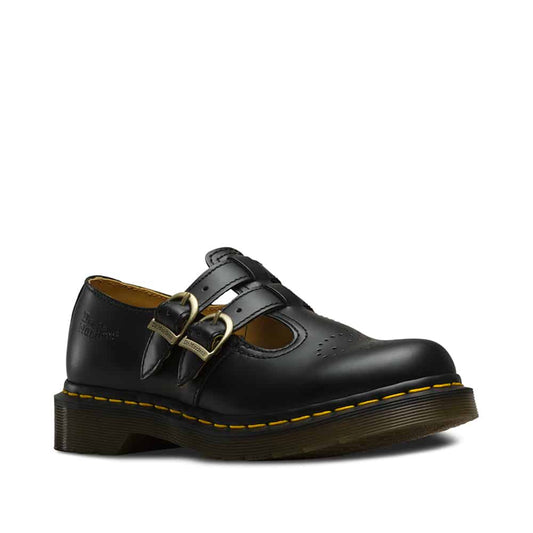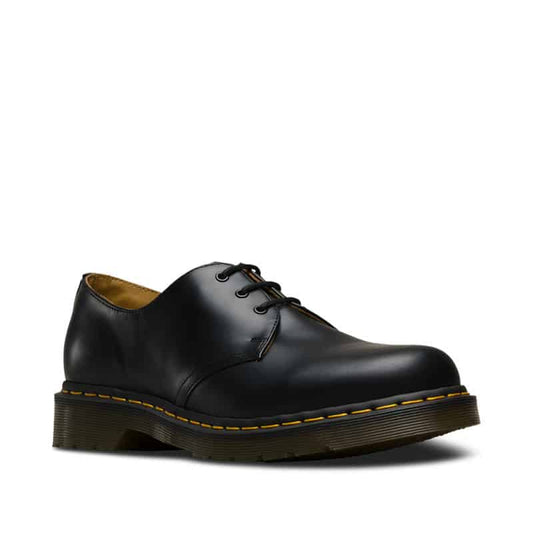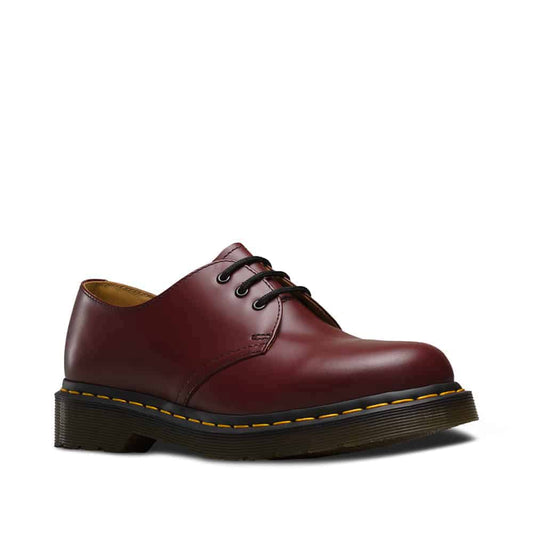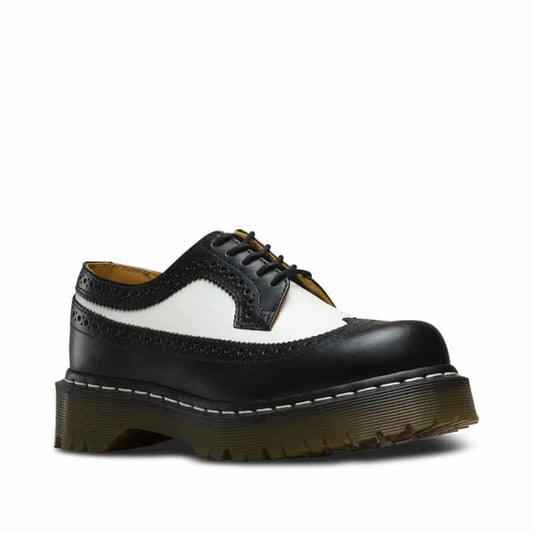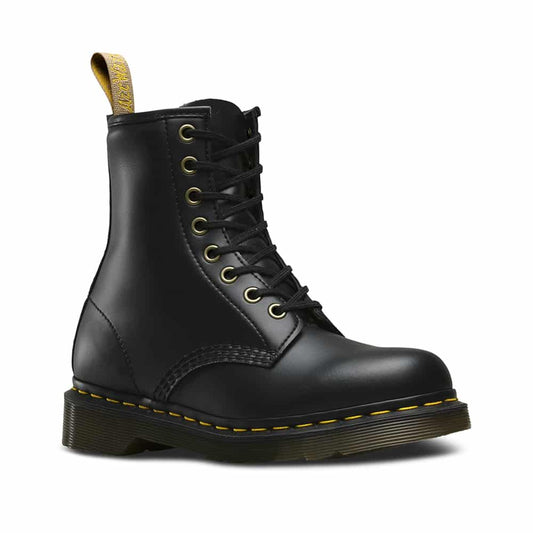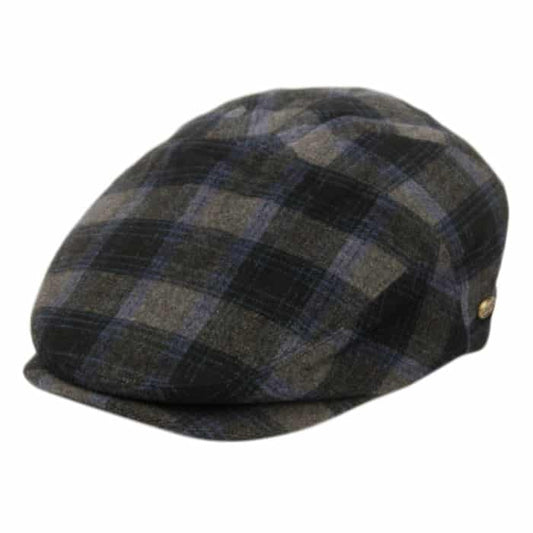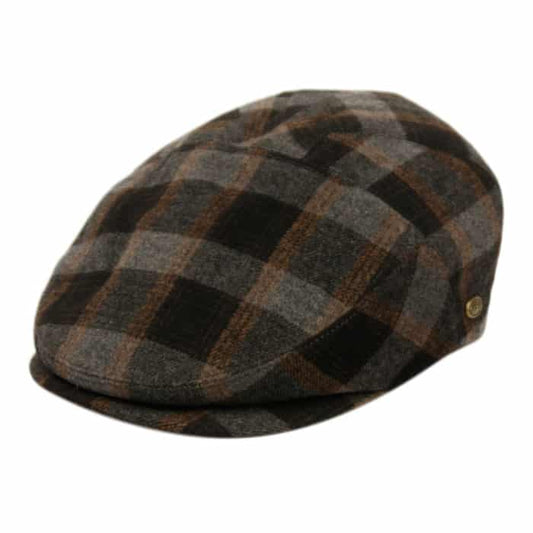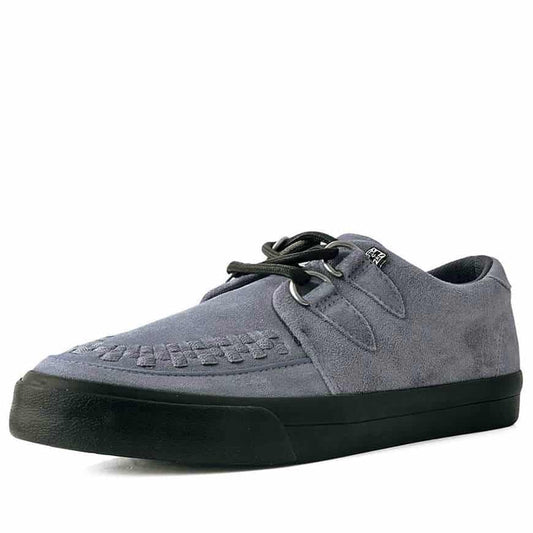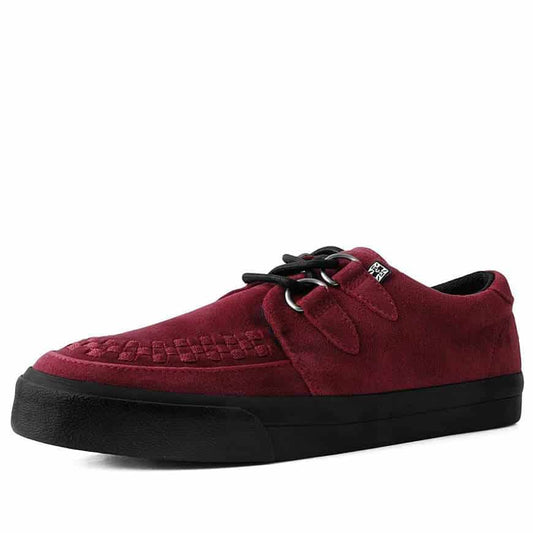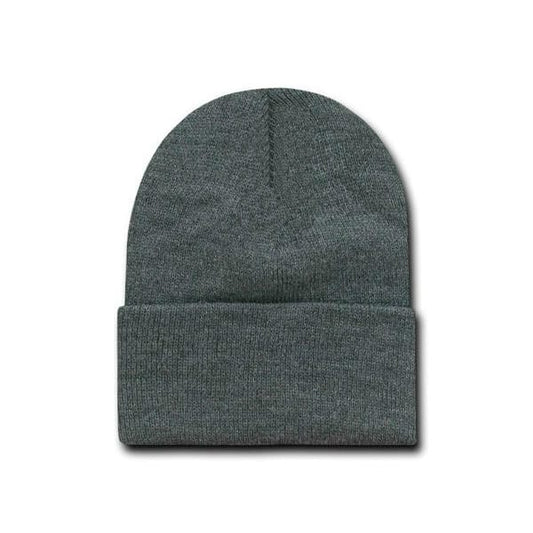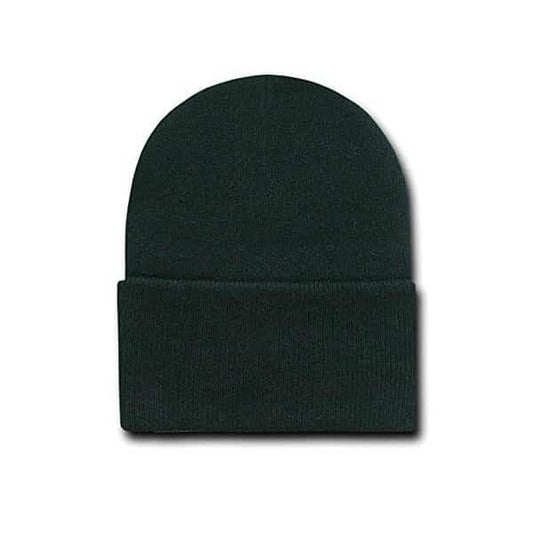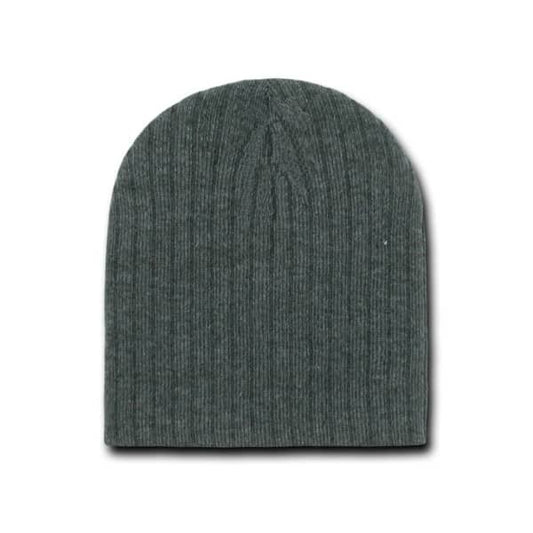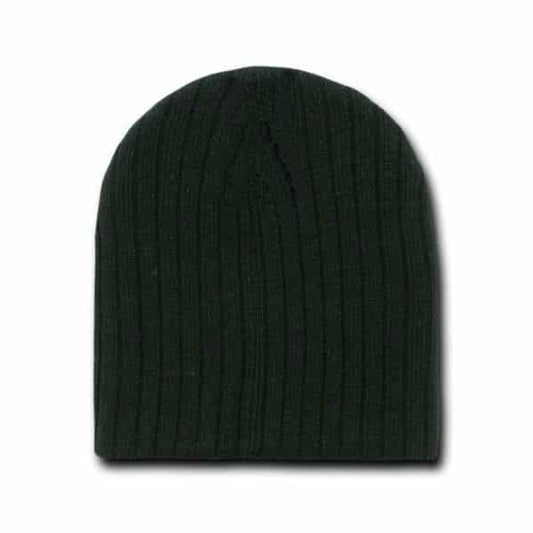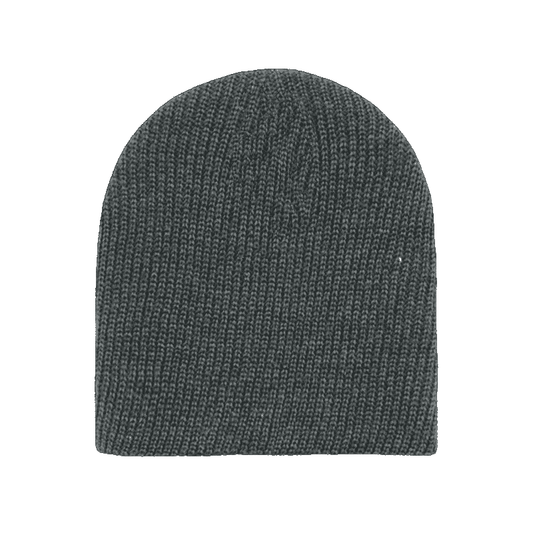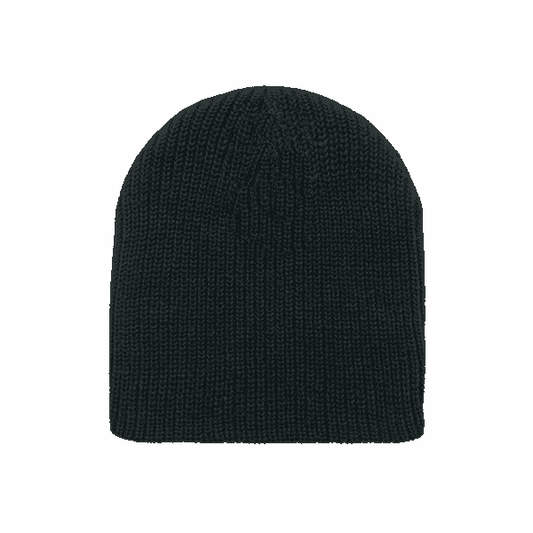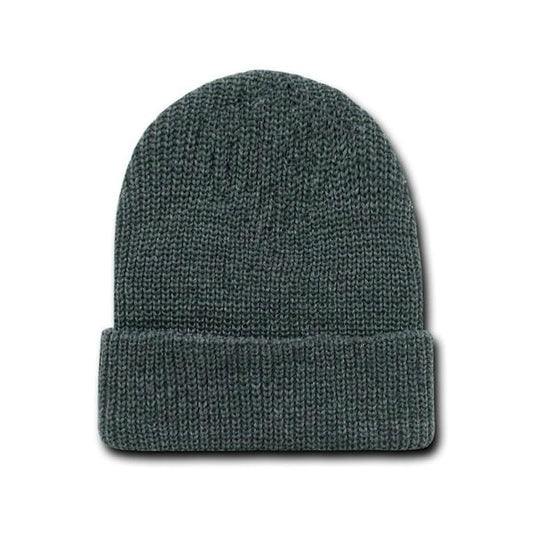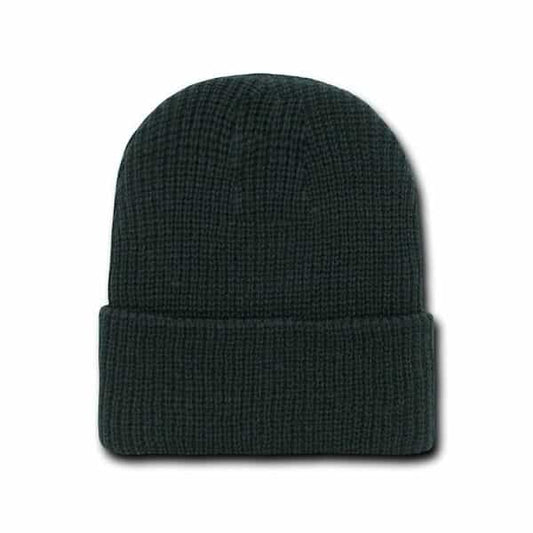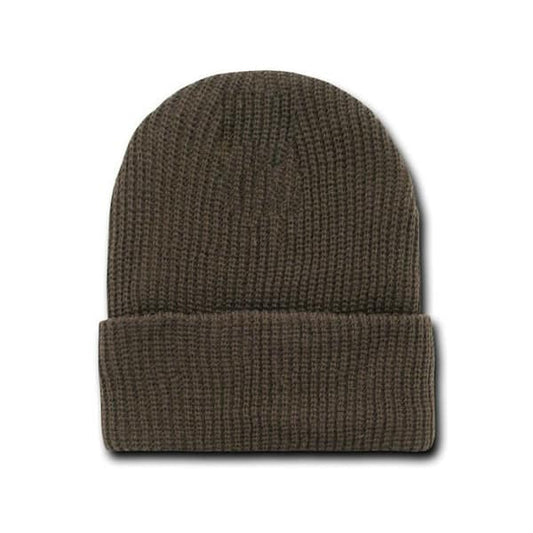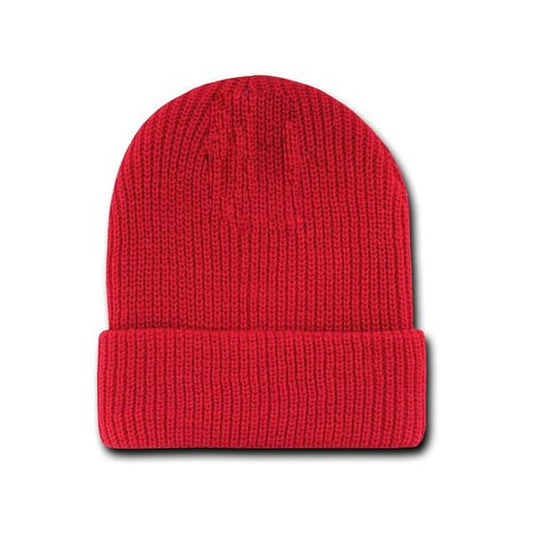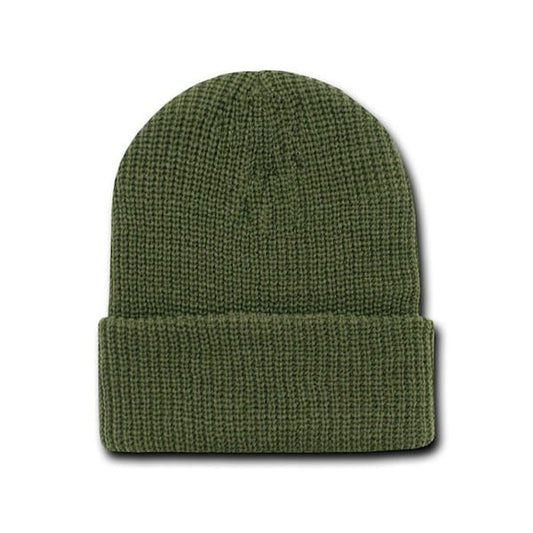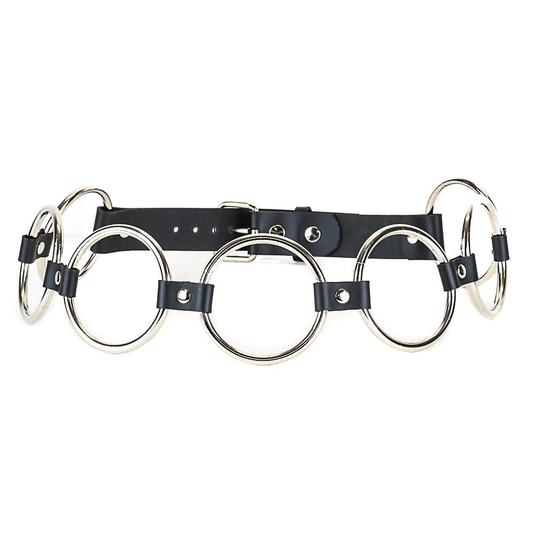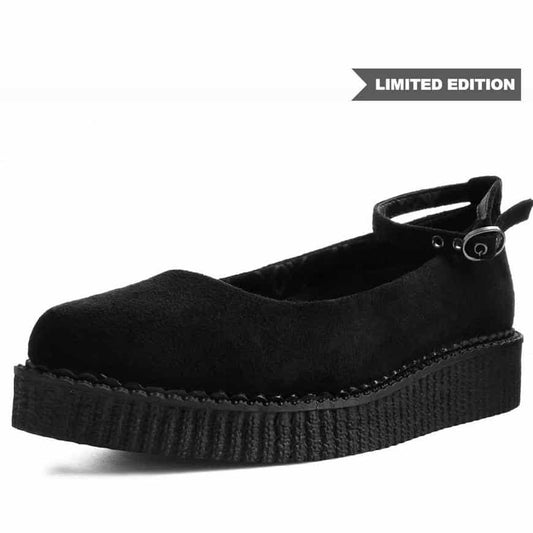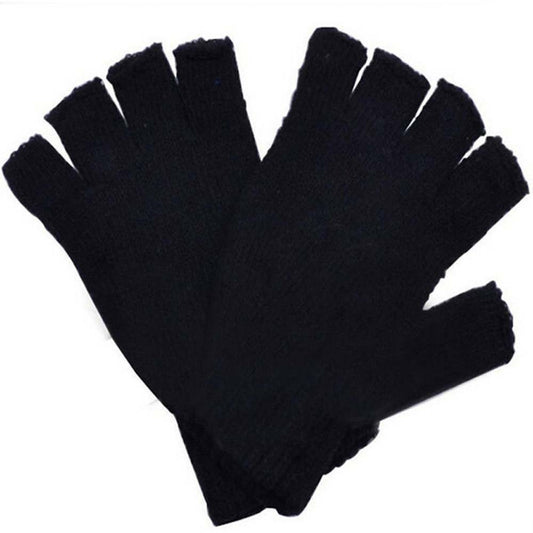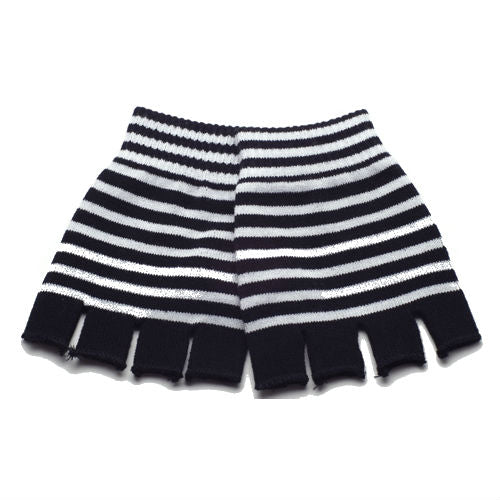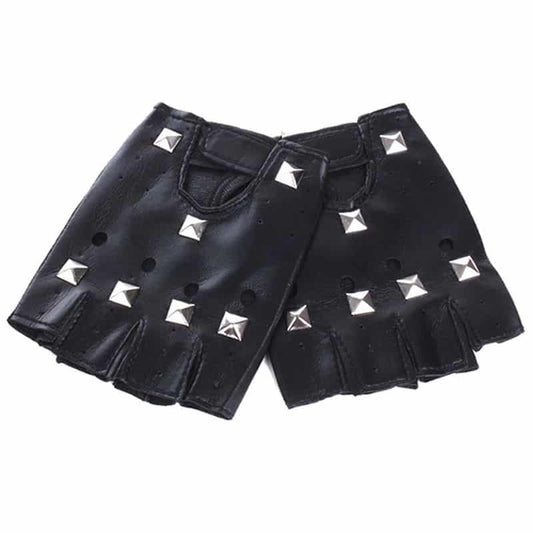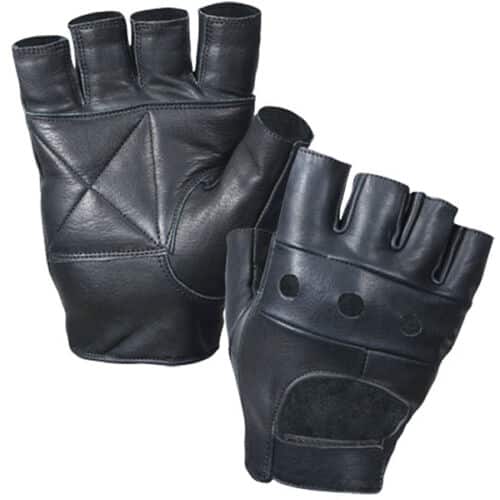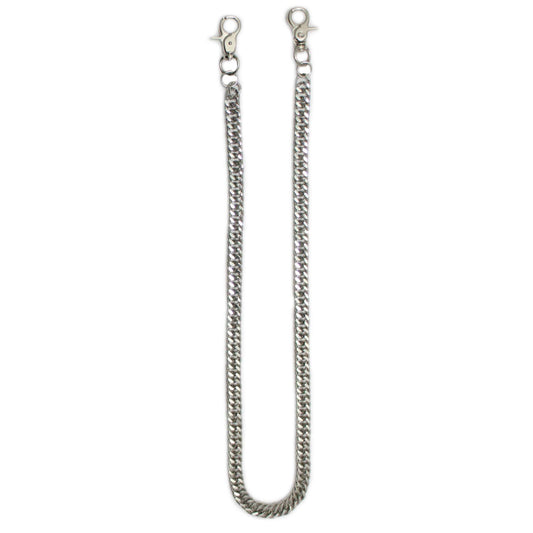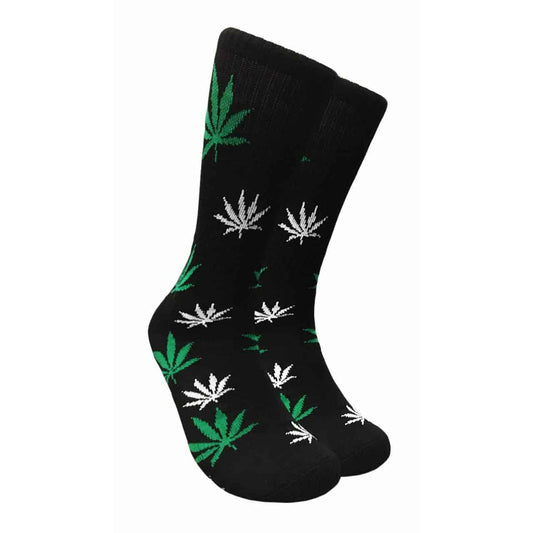Company
Collection: Womens
-
Dr. Martens 1914 Black Smooth 14-Eye Boot
Regular price $200.00 USDRegular priceUnit price / per -
Dr. Martens 1B99 Black Virginia 14-Eye Boot
Regular price $200.00 USDRegular priceUnit price / per -
Dr. Martens 101 Black Vintage Smooth 6-Eye Boot
Regular price $140.00 USDRegular priceUnit price / per -
Dr. Martens 1460 Green Smooth 8-Eye Boot
Regular price $170.00 USDRegular priceUnit price / per -
Dr. Martens 8065 Black Smooth Platform Mary Jane
Regular price $139.99 USDRegular priceUnit price / per -
Dr. Martens 1461 Black Smooth 3-Eye Shoe
Regular price $139.99 USDRegular priceUnit price / per -
Dr. Martens 1461 Cherry Red Smooth 3-Eye Shoe
Regular price $130.00 USDRegular priceUnit price / per -
Dr. Martens 3989 Brogue BEX Black and White 3-Eye Shoe
Regular price $159.99 USDRegular priceUnit price / per -
Dr. Martens 1460 Vegan Black Felix Rub Off 8-Eye Boot
Regular price $170.00 USDRegular priceUnit price / per -
Blue and Gray Plaid Ivy Cap
Regular price $19.99 USDRegular priceUnit price / per -
Brown and Gray Plaid Ivy Cap
Regular price $19.99 USDRegular priceUnit price / per -
TUK Gray Suede Sneaker Creeper A9528
Regular price From $69.99 USDRegular priceUnit price / per -
TUK Red Suede Sneaker Creeper A9529
Regular price From $69.99 USDRegular priceUnit price / per -
Heather Charcoal Cuff Beanie
Regular price $9.99 USDRegular priceUnit price / per -
Black Cuff Beanie
Regular price $9.99 USDRegular priceUnit price / per -
Heather Charcoal Cable Beanie
Regular price $9.99 USDRegular priceUnit price / per -
Black Cable Beanie
Regular price $9.99 USDRegular priceUnit price / per -
Heather Charcoal Cuffless Watch Cap Beanie
Regular price $7.99 USDRegular priceUnit price / per -
Black Cuffless Watch Cap Beanie
Regular price $7.99 USDRegular priceUnit price / per -
Heather Charcoal Watch Cap Beanie
Regular price $9.99 USDRegular priceUnit price / per -
Black Watch Cap Beanie
Regular price $9.99 USDRegular priceUnit price / per -
Brown Watch Cap Beanie
Regular price $9.99 USDRegular priceUnit price / per -
Red Watch Cap Beanie
Regular price $9.99 USDRegular priceUnit price / per -
Olive Watch Cap Beanie
Regular price $9.99 USDRegular priceUnit price / per -
3" Ring Bondage Belt
Regular price $39.99 USDRegular priceUnit price / per -
Women's Black Full Zip Hoodie
Regular price $19.99 USDRegular priceUnit price / per -
Women's Heather Charcoal Full Zip Hoodie
Regular price $19.99 USDRegular priceUnit price / per -
Women's Burgundy Full Zip Hoodie
Regular price $19.99 USDRegular priceUnit price / per -
TUK Black Pointed Ballet Creeper Ankle Strap A9416
Regular price $89.99 USDRegular priceUnit price / per -
Black Knitted Fingerless Gloves
Regular price $6.99 USDRegular priceUnit price / per -
Striped Fingerless Knitted Gloves
Regular price $6.99 USDRegular priceUnit price / per -
Short Fingerless Fishnet Gloves
Regular price $3.99 USDRegular priceUnit price / per -
Studded Leather Fingerless Gloves
Regular price $9.99 USDRegular priceUnit price / per -
Black Fingerless Biker Gloves
Regular price $9.99 USDRegular priceUnit price / per -
Chrome Double Link Wallet Chain 33"
Regular price $12.99 USDRegular priceUnit price / per -
Green and White Marijuana Leaf Crew Socks
Regular price $5.99 USDRegular priceUnit price / per
Free Shipping Over $70
BY FANS FOR THE FANS
BUY now pay later
60 Day Returns & Exchnages

